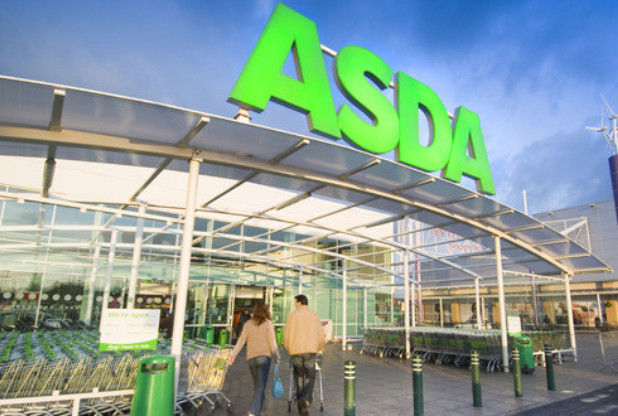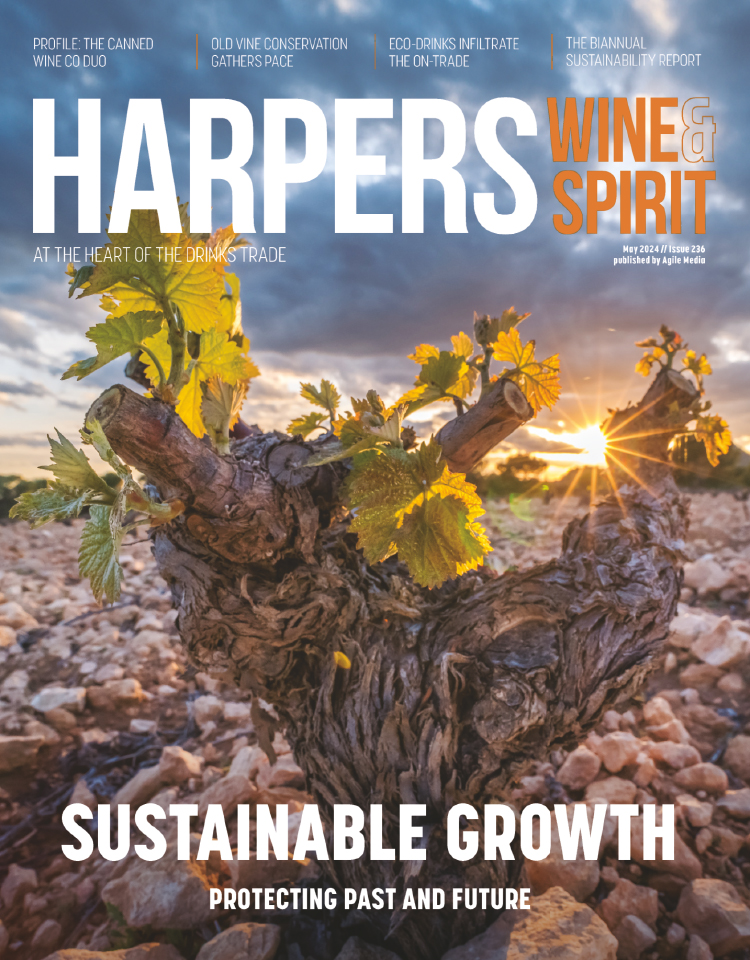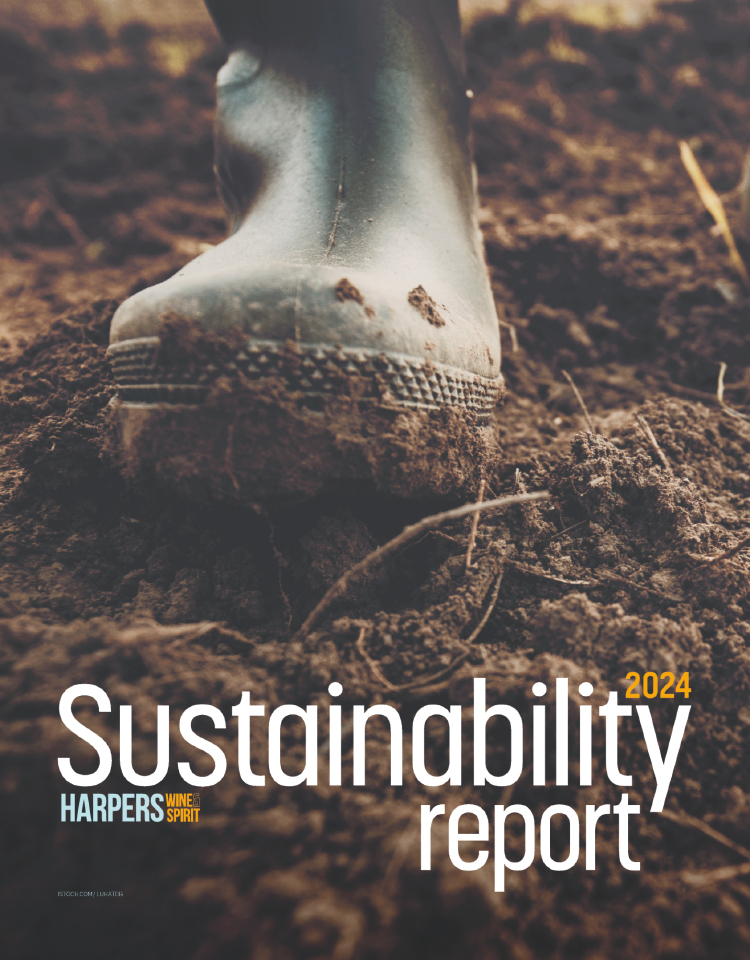
Asda predicts to sell 420,000 low & no units in January
Major multiple retailer Asda has revealed to Harpers that it plans to sell 420,000 units of low & no beers, wines and spirits this ‘dry’ January, an increase of 7.7% on last year.
The estimation follows a 40% expansion of Asda’s low & no range in 2023, covering branded and own-label products.
To help fulfil its sales targets this month, Asda has ensured that its superstores have at least one bay dedicated to non-alcoholic options.
The retailer has revealed that all categories under its low & no banner are growing in sales – beer remains the most popular category, with Asda leading on Guinness Zero sales in the market.
However, wines and spirits are gaining more ground, collectively up 20% in terms of range size in 2023 – the breakdown is now: spirits – 20%, wine – 27% and beer – 53%.
According to Ryan Truswell, Asda’s beer buyer – craft, low & no, the uplift in sales is driven by a general trend towards healthier lifestyle choices.
“With the increase in options of products, as well as health-conscious shoppers across all ages, we are seeing growth in all areas. We are seeing the choice made around lifestyle rather than generational divide,” Truswell said.
He continued: “January and October are always key, as customers make healthier choices after Christmas and during charity campaigns. We also see the summer months as key for the category, sales are attributed to BBQs, outdoor gatherings and offering alternatives for designated drivers.”
In light of the duty changes, which will impact all wine above 11.5% abv, Truswell was keen to stress that Asda’s low & no range expansion was not about reducing the retailer’s alcohol range.
“Providing a full and exciting range of beers, wines and spirits for our customers is still a priority for Asda, as well as offering a range of non-alcoholic products for customers who chose not to drink. It is important we cater to all customers – it is about increasing the quality and quantity of non-alcoholic options, rather than reducing alcohol options,” he said.









